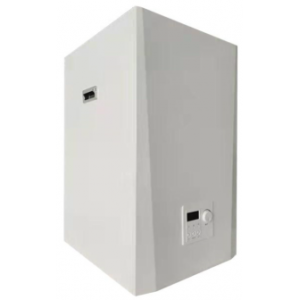Out . 21, 2024 01:03 Back to list
Understanding Boiler Output Ratings for Efficient Operation and Maintenance
Understanding Boiler Output Ratings A Comprehensive Overview
Boilers play a critical role in various industries, providing essential heat and steam for processes ranging from power generation to manufacturing. One of the key metrics used to assess a boiler's performance and efficiency is its output rating. Understanding boiler output ratings is crucial for engineers, facility managers, and anyone involved in selecting or operating boiler systems.
What Are Boiler Output Ratings?
Boiler output ratings indicate the amount of steam or hot water a boiler can generate over a specific period, typically measured in pounds per hour (PPH) for steam and gallons per minute (GPM) for hot water. These ratings are essential for determining the suitable boiler for a particular application and ensuring that it meets the heating demand adequately.
Types of Boiler Output Ratings
There are several types of output ratings, and it is important to understand the distinctions among them
1. Maximum Output Rating This is the highest amount of steam or hot water a boiler can produce under optimal operating conditions. It is usually defined at specific pressure and temperature levels.
2. Continuous Output Rating Also known as the steady-state output, this rating reflects the amount of steam or hot water that can be consistently produced over an extended period while maintaining the performance parameters set by the manufacturer.
3. Input vs. Output It's essential to differentiate between input and output ratings. The input rating refers to the energy supplied to the boiler (measured in British Thermal Units or BTUs), while the output rating measures the energy converted into usable steam or hot water. An efficient boiler system will have a high output rating relative to its input rating, signifying minimal energy losses.
Importance of Output Ratings in Boiler Selection
boiler output ratings

Selecting the right boiler for a specific application hinges significantly on understanding its output rating. An undersized boiler will struggle to meet demand, leading to inefficiencies, increased operational costs, and potential equipment strain. Conversely, an oversized boiler may cycle on and off frequently, resulting in wasted energy and higher wear and tear.
Factors Influencing Boiler Output Ratings
Several factors can influence a boiler's output rating, including
- Fuel Type Different fuels yield varying energy output levels. For example, natural gas typically produces more consistent output compared to biomass or solid fuels.
- Operating Pressure and Temperature Higher pressures often correlate with higher output ratings, as they allow for more steam production from the same amount of fuel.
- Water Quality The quality of water used within the boiler can impact efficiency. Hard water can lead to scaling, reducing output over time.
- Insulation Proper insulation of the boiler and associated piping can prevent heat loss, enhancing efficiency and maintaining output ratings.
Conclusion
Boiler output ratings are a crucial metric for determining the suitability and efficiency of boiler systems in commercial and industrial applications. Understanding these ratings enables stakeholders to make informed decisions regarding equipment selection, operational efficiency, and energy management. As industries continue to focus on sustainability and cost-effectiveness, accurate knowledge of boiler output ratings will remain essential in optimizing heat and steam generation processes. When considering new boiler installations or upgrades, always consult with professionals to ensure the chosen equipment meets both immediate and future heating demands efficiently.
-
Durable Cast Steel Concrete Pipe Mold Bottom Rings & Base Trays
NewsAug.23,2025
-
Centrifugally Cast Iron Water Main Pipe for Reliable Mains
NewsAug.22,2025
-
Durable Centrifugally Cast Iron Water Main Pipe
NewsAug.11,2025
-
Centrifugally Cast Iron Water Main Pipes for Reliability
NewsAug.10,2025
-
High-Quality Centrifugally Cast Iron Water Main Pipes
NewsAug.09,2025
-
Durable Cast Iron Water Main Pipe & Drainage Solutions
NewsAug.08,2025


